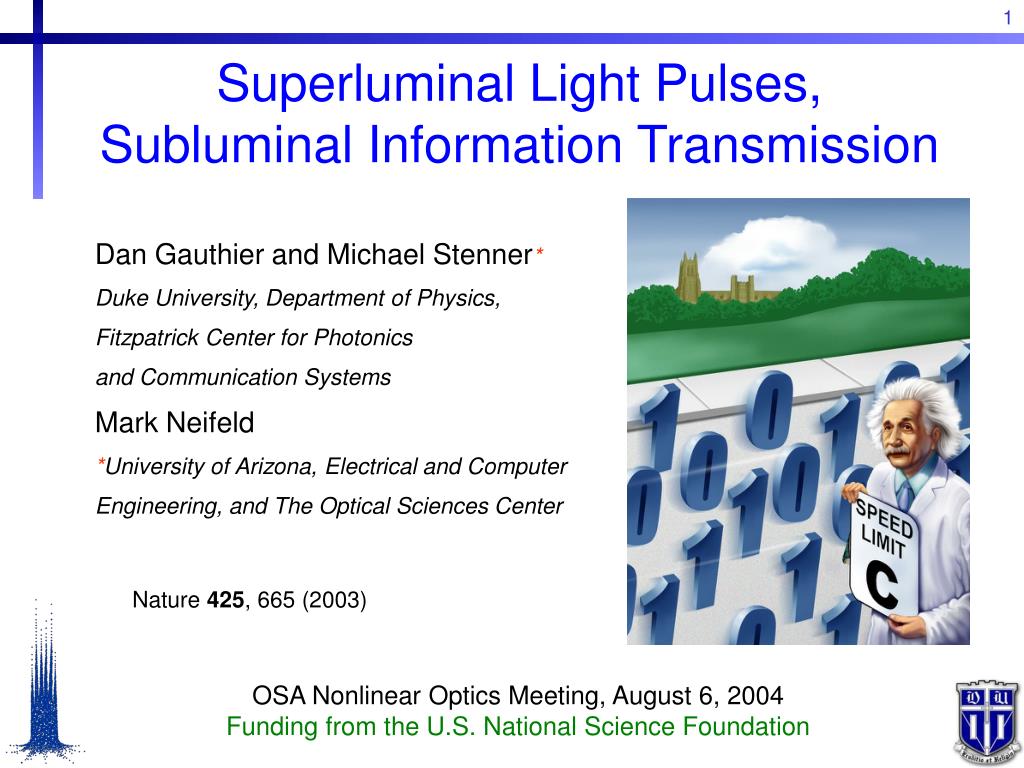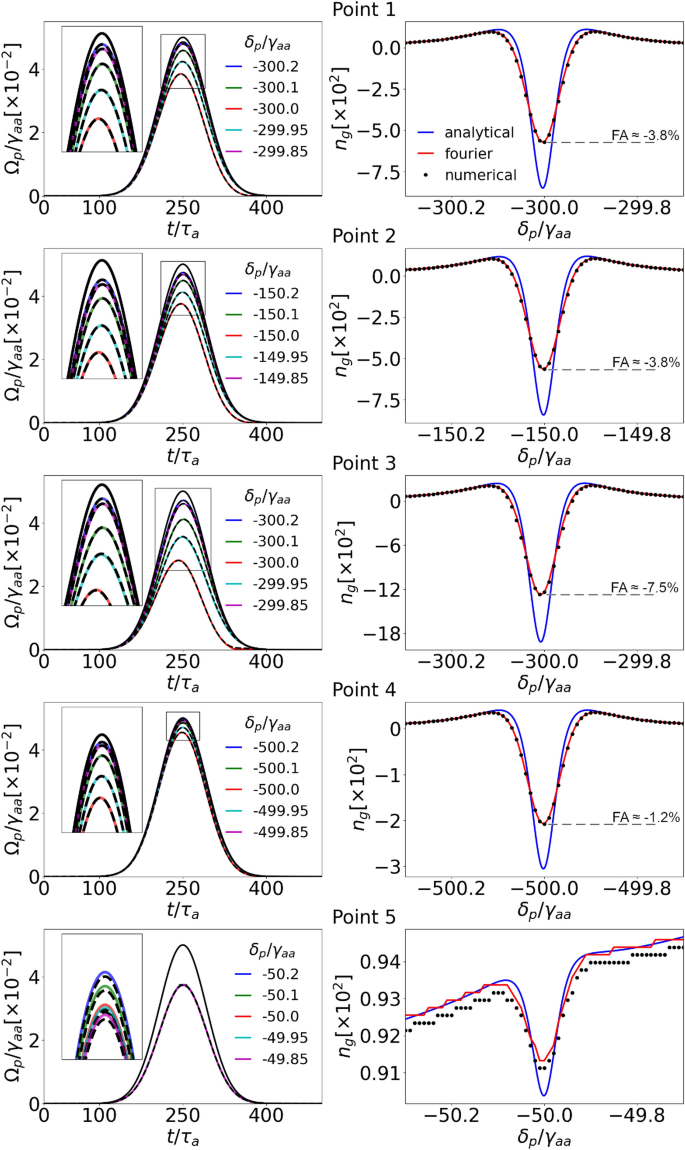Contents

Source: SlideServe
Understanding Superluminal Transmission
Introduction
Superluminal transmission refers to the concept of light propagating with a phase velocity or group velocity faster than the speed of light in a vacuum. This idea may initially seem to challenge the principles of relativity, particularly causality, as proposed by Einstein. However, a deeper examination of established physical theories, such as Maxwell’s electromagnetism and Einstein’s relativity, reveals that superluminal transmission does not permit non-causal effects.
Examples of Non-Causal Transmission
Two examples that may appear to involve non-causal transmission are:
1. Phase Velocity: In certain mediums like X-rays or near optical resonances, the phase velocity of light can exceed the speed of light. However, this does not allow for the transmission of real signals without modulation.
2. Group Velocity: Information can seem to be transmitted faster than light by sending pulses with group velocities exceeding c. Yet, this misconception arises from misidentifying the peak of a pulse with the actual transmission of information.
Challenges and Limitations
While there are theories proposing superluminal propagation, such as gain-assisted light transmission, the current scientific consensus upholds the principles of relativity. Despite experimental observations suggesting superluminal behaviors, no definitive evidence supports the abandonment of relativity in favor of alternative theories.
Conclusion
In conclusion, the phenomenon of superluminal transmission challenges our understanding of light propagation but remains constrained by the fundamental laws of physics. Continued research and exploration may shed further light on this intriguing topic, potentially leading to new insights into the nature of light and information transmission.

Source: Nature
Feel free to comment your thoughts.



